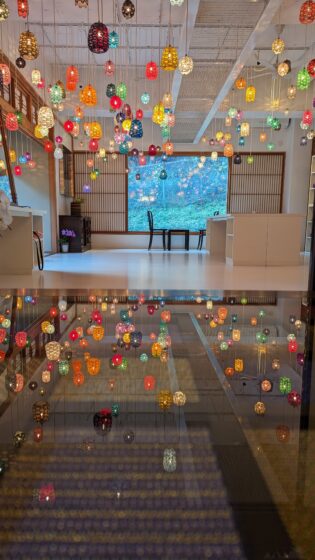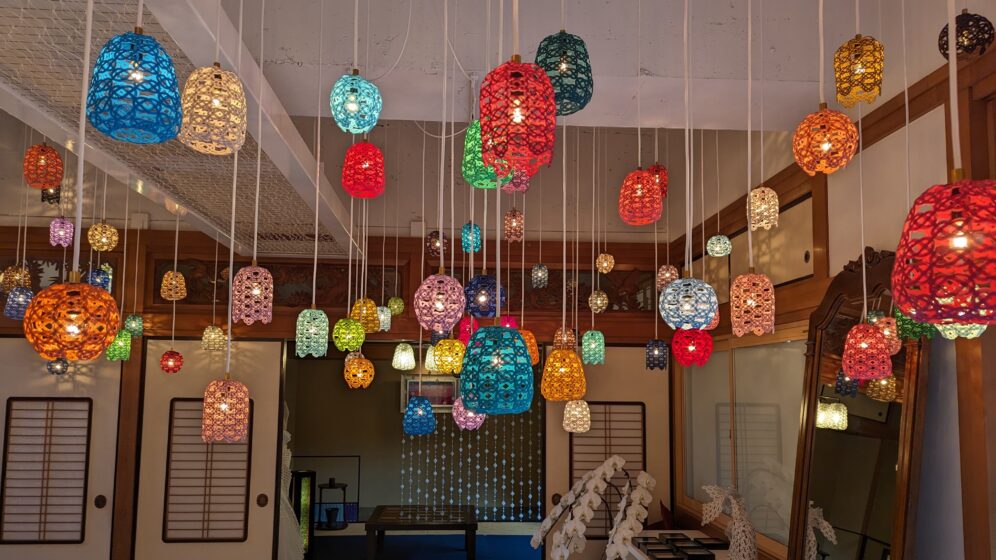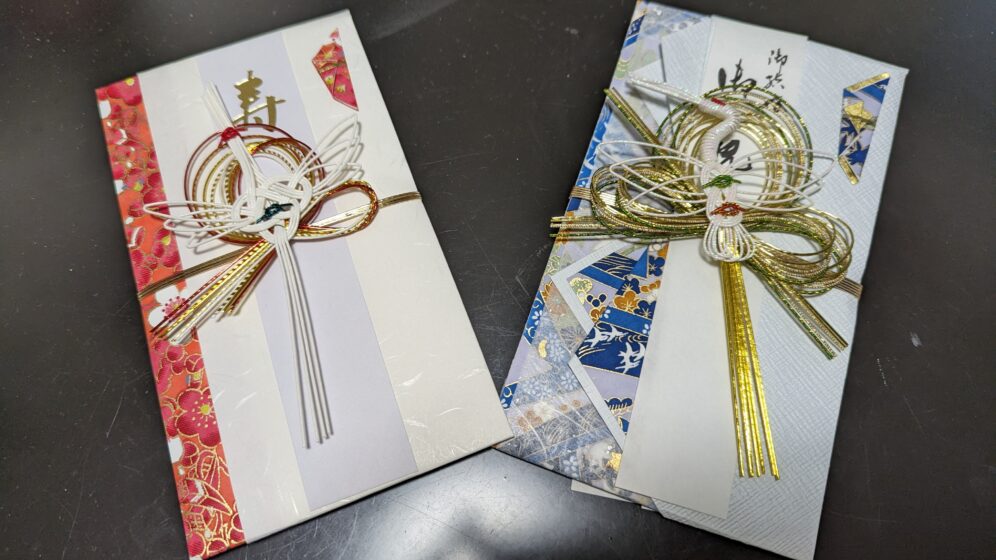
1. A Journey of Japanese Artistry and Symbolism
“Mizuhiki“, a traditional Japanese art form that involves the intricate knotting of decorative cords made from twisted paper, has a rich history that spans centuries. This unique paper craft has deep cultural roots and plays a significant role in various aspects of Japanese tradition, including gift-giving, ceremonies, and artistic expressions.
The origins of Mizuhiki can be traced back to the Nara period (710-794 AD) in Japan. It is believed that the craft evolved from a practice called “Awajimusubi,” where cords were used to tie together sacred objects in religious rituals. Over time, this practice extended beyond religious ceremonies and became a form of decoration for special occasions.
The term “Mizuhiki” itself is a combination of two words: “Mizu,” meaning water, and “Hiki,” meaning to pull or draw. This name reflects the craft’s early association with the water deities in Shinto beliefs, emphasizing the spiritual and the nature of the knots.
Today, Mizuhiki is not only used in Japan , but has gained international recognition. The craft has found its way into various forms of art, from jewelry design to mixed media installations. Japanese artisans, both traditional and contemporary, continue to explore new possibilities. Mizuhiki remains a dynamic and relevant part of the country’s artistic heritage.
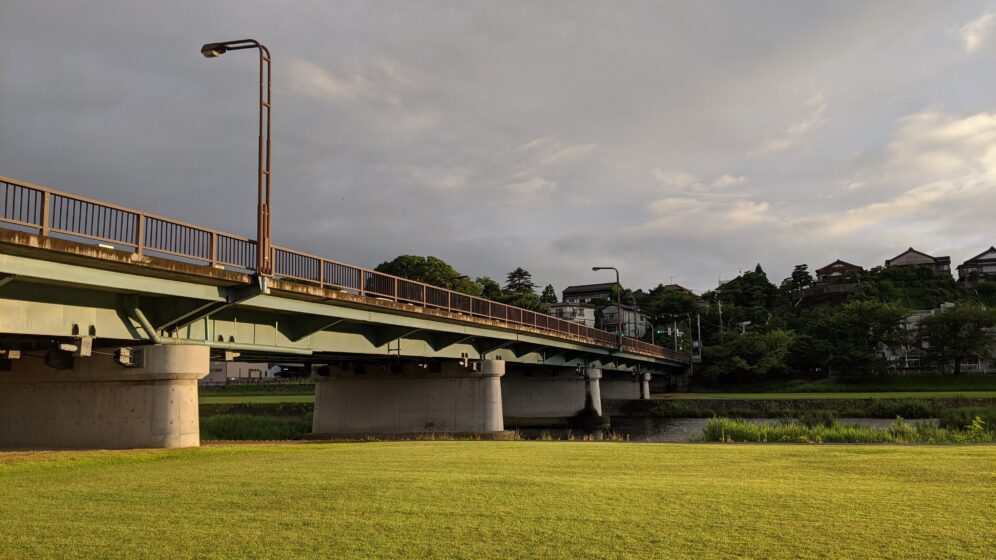
2. Strolling Around The Riverside
On the way to go there, you can stroll around the Saigawa River. The soothing sounds of flowing water, and the gentle rustle of the breeze unfold the harmonious symphony of nature.
The riverside pavement provides a picturesque backdrop for contemplation and relaxation. The rhythmic lapping of the water against the shore becomes a calming soundtrack, inviting a sense of tranquility as one meanders along the winding path.
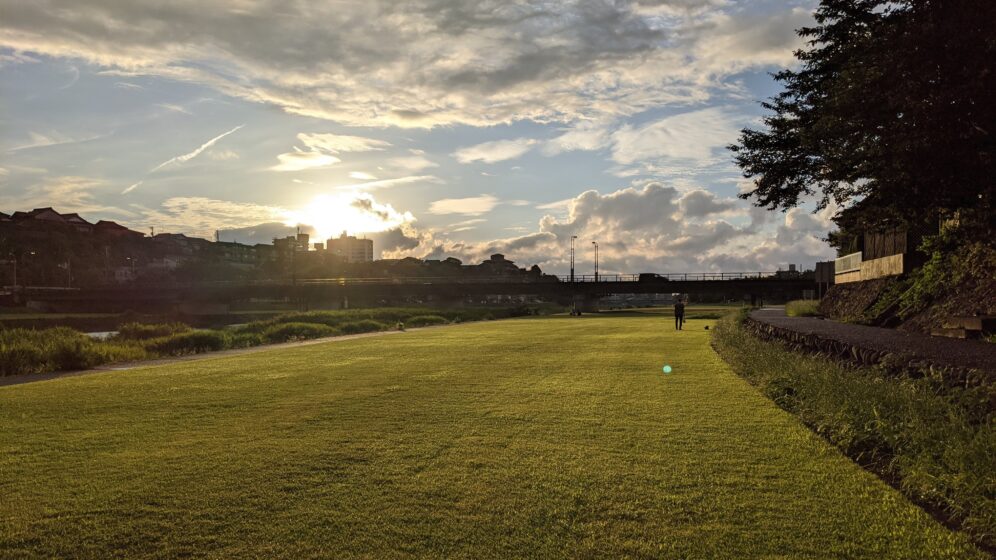
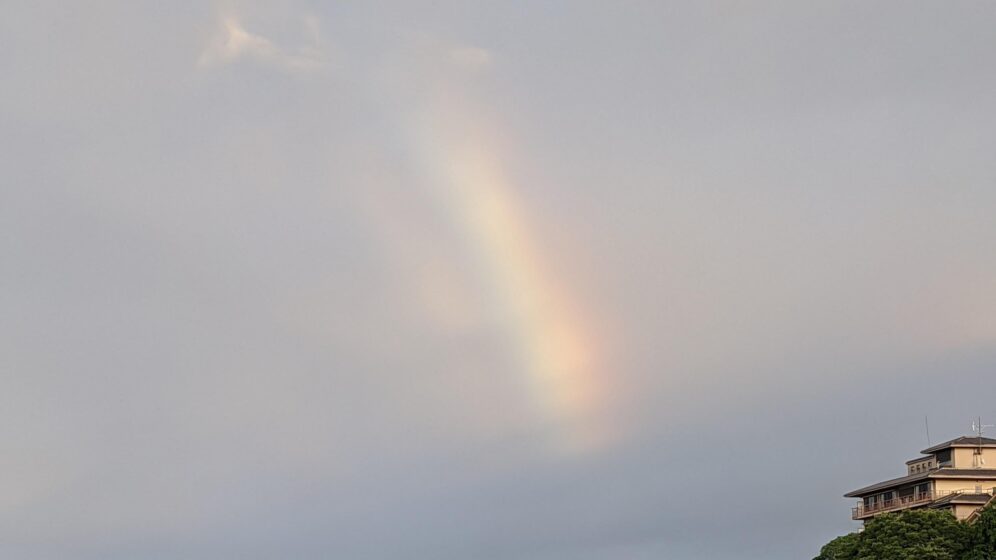
Even though the weather is good or not, the experience of strolling along the riverside offer you a wonderful moment.
It takes 10 to 15 minutes by walk to go to Mizuhiki Museum from Sakurabashi bus stop. The landscapes of Saigawa River are one of the highlights and highly recommend stopping by there. It needs a bit time to reach the museum of tradition, so enjoy your time.
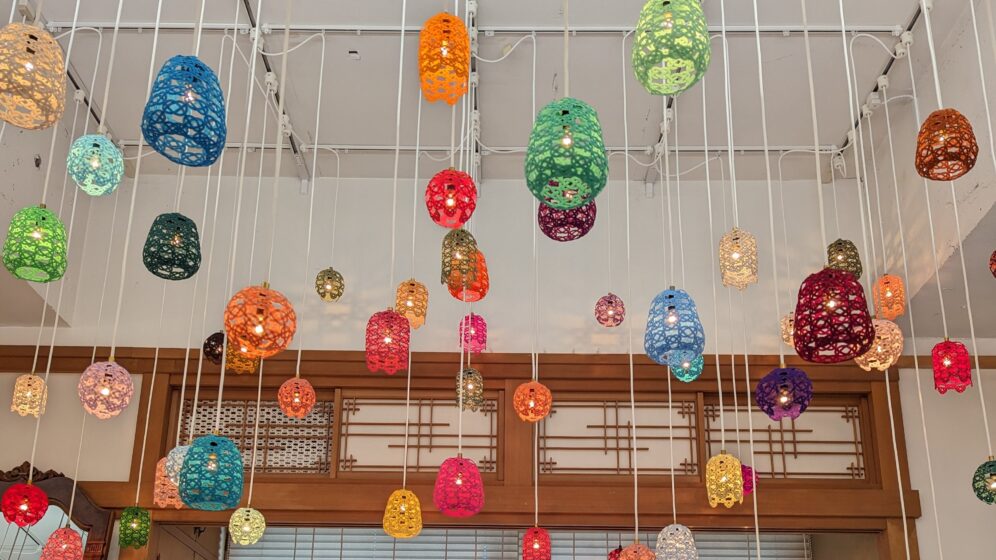
3. Retrospect In The Coloured Canvas
In the enchanting realm of creativity and tradition, the Mizuhiki Museum emerges as a beacon of cultural brilliance, where every delicate texture of Mizuhiki intertwines with the threads of history, bringing forth a captivating narrative illuminated by the museum’s innovative new lighting design, casting a resplendent glow upon the beauty encapsulated within its white and wooden walls.
As visitors step into this immersive sanctuary, they are greeted by the mesmerizing dance of radiant light, carefully curated to accentuate the intricate details of Mizuhiki artistry, transforming each exhibit into a breathtaking tableau of colors and shadows that breathe life into the delicate cords.
The museum’s commitment to showcasing Mizuhiki in a new light extends literary beyond illumination; it symbolizes a metaphorical awakening to the timeless beauty and significance of this ancient Japanese art form.
The radiant glow not only highlights the physical intricacies of Mizuhiki but also metaphorically illuminates the cultural richness and historical depth encapsulated within each knot. The modernised lighting design serves as a bridge, connecting the past and present, creating a harmonious dialogue between tradition and modernity.
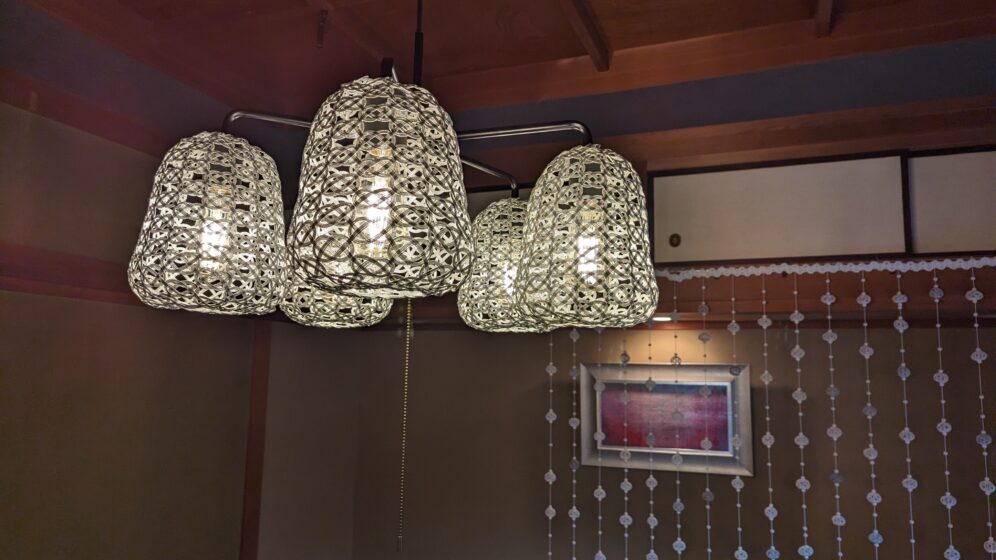
In a harmonious fusion of Japanese and Western emerges at the Japanese style tea room. White Mizuhiki Chandelier emerges as a captivating masterpiece, embodying the exquisite result of a visionary collaboration.
Crafted with meticulous precision, this stunning chandelier intricately weaves Mizuhiki’s delicate cords into a cascading symphony of artistry, where each knot tells a story of cultural heritage.
The collaborative spirit illuminates not just the space but also the profound connection between tradition and modern design, creating a timeless marvel.
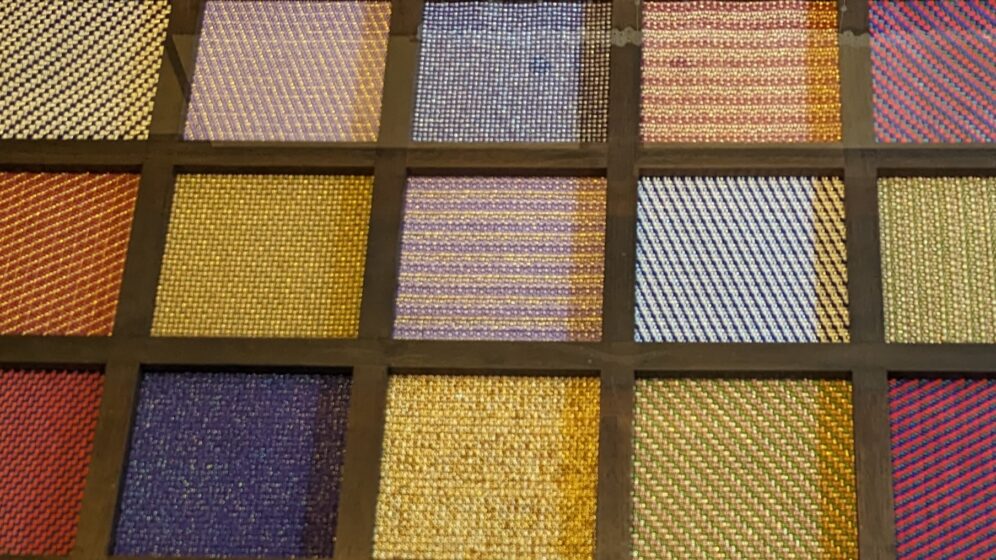
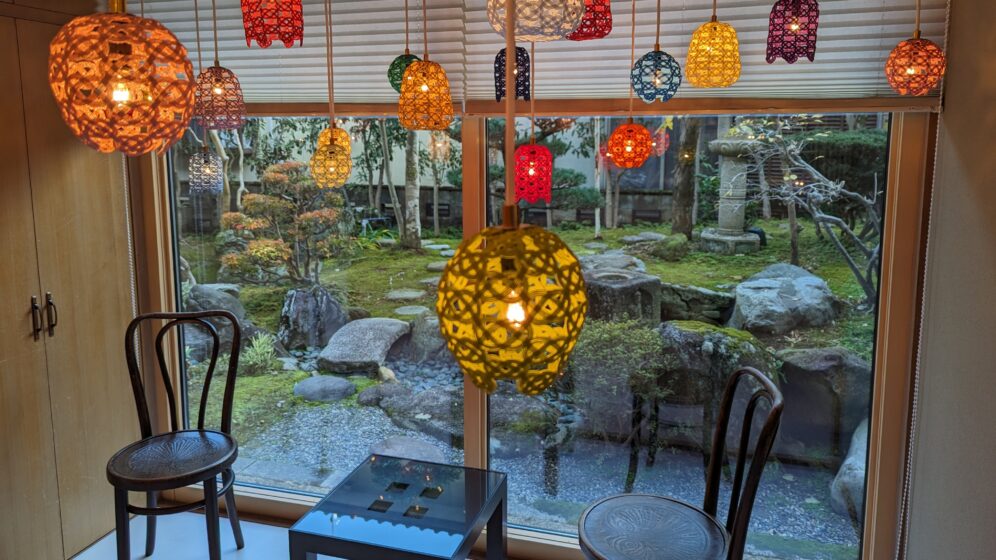
4. Transition Is A Tradition
In this symphony of Mizuhiki and innovative lighting, the museum stands not only as a custodian of tradition but as a visionary gateway to the future, where the ancient art form continues to evolve and captivate hearts.
With each illuminated exhibit, the Mizuhiki Museum becomes a testament to the enduring allure of cultural heritage, proving that even in the glow of modernity, the delicate threads of tradition can be woven into a tapestry of timeless beauty that transcends generations.
The staffs are really enthusiastic about the historical legacy. Though the concept of Mizuhiki has not changed, the use of the art form are still growing. Some local hotel introduce designed walls by Mizuhiki crafts and aim not to fade it out, but make it more popular for both local people and the visitors with the ways of different from the past.
Respectful people’s spirit express the heart of protecting their culture and we can say “Transition Is A Tradition”.
| INFOMATION | |
|---|---|
| Address | 7-9 Kiyokawamachi, Kanazawa-shi, Ishikawa How to get there? |
| Opening Hours | 10:00~16:00 |
| Closed | The third Friday of the month and new years days |
| Admission | Adult: 500 yen Children (6 to 17 years old): 200 yen |
| Parking | Not Available |
| Transportations | 10 to 15 minutes walk from Sakurabashi bus stop (Hokutetsu Buses) Kanazawa loop bus only stops here. |
| Official Website | https://peraichi.com/landing_pages/view/jiyukajinmizuhikimuseum/ |
| Social Medias | Instagram: https://www.instagram.com/mizuhiki_jiyukajin X: https://twitter.com/jiyukajin |
